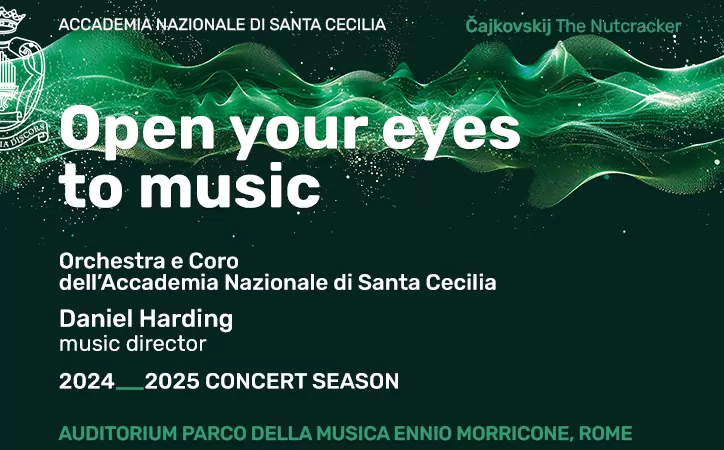A walk in the park and straight into history.
A major battle begun in 1953 is still being waged today to beat off incursions into and to consolidate the stupendously evocative countryside of ancient Rome. Thanks to past victories, a vast pastoral landscape of peace and history is now safely within the confines of the Appia Antica park. This is a great wedge of land stretching to the south-east of Rome along both sides of the first 16 kms of the famous old Roman highway, which first strikes south to Capua, north of Naples, and then crosses the peninsula to Brindisi on the Adriatic. No wonder they called it the Regina Viarium, the Queen of Roads.
Todays park begins just outside the walls of Rome at Porta S. Sebastiano, and then runs roughly to the right of the metro A line as it leads out of Rome towards Anagnina. Thereafter, it flanks the Cappannelle racetrack and Ciampino airport at a distance, and tapers to an end at the church of S. Maria delle Mole, which is within the boundary of the hill town, Marino.
The whole area bursts with things to see: three catacomb mazes, the tomb of Cecilia Metella, wife of a Roman consul, the villa of the emperor Massenzio, the so-called mausoleum of Romulus, the gaunt tombs along Via Appia Antica, sections of bumpy Roman road and the smart Villa of the Quintili recently acquired by the Rome town council standing just off Via Appia Nuova on the way to Ciampino.
But for this writer, the most spectacular sight of all is that of the so-called Seven Aqueducts area, only 220 m from the Giulio Agricola metro stop, once a kind of railway junction of six of ancient Romes 11 great aqueducts. Many are underground but two are visible today. One is the towering Acqua Claudio aqueduct erected by the emperor of that name between 38 and 52 AD which carried water majestically towards Rome atop arches that now march through a great swathe of grassy picnic land. The other is the Acqua Felice, built by the renaissance pope Sixtus V, which still spouts water out of the Fontana del Mos in Piazza S. Bernardo in Rome.
The Colli Albani metro stop tips you out at the most extensive and most virginal segment of the park, known as the Caffarella Valley a rolling landscape of pasture, woods and copses, wells, springs, villas and mediaeval farmhouses, observation towers and bridges. Residents from nearby housing estates seem to love it. They were running, jogging and cycling through it, walking, sleeping, reading and playing guitars. Under a large oak tree a childrens party was in noisy progress, with balloons strung out between the branches, together with a banner blowing about in the breeze naming the lucky birthday girl as Elena.
The headquarters of the Parco Regionale dellAppia Antica sits next door to the Quo Vadis restaurant at the start of Via Appia Antica. It is housed above a gem of industrial archaeology, a rambling old paper mill with its machinery still in place, on the bank of its water supply, the river Almone, which today is just a gurgling stream hidden under vegetation. The public relations officer, Francesca Mazz, explained that attempts to wrench the park from landowners and speculators are still raging after 50 years. Though the park was officially declared a protected area by the Lazio region in 1988, expropriation of the gigantic area from present and former owners, such as the old Torlonia family and the Vatican, still continues, and in some instances includes almost daily, sometimes bitter litigation, in the courts over compensation amongst other issues.
Add to that, illegal building in the park, Mazz went on. Developers try it on all the time, in the hope that one day therell be an amnesty. They dont realise that in the park it could never happen.
So what was the punishment? Demolition?
And how. Romes mayor Walter Veltroni is being very tough and the bulldozers move in at the first whine of a pneumatic drill.
Other problems are constant, despite the roaming presence of 16 keepers with overdrive trucks, out of a total staff of 37. There is an invasion of the land by squatters, mainly illegal immigrants, as well as widespread prostitution and drug-pushing; not to mention the use of the park as a rubbish dump and trespassing on it by cars, which at present can only be stopped on Sundays when Via Appia Antica is closed to traffic, between 09.00-18.00.
Even so, the whole area would today be submerged by cement, were it not for a real hero of todays Rome, namely the late Antonio Cederna, a journalist who in the 1950s and 1960s began a passionate fight to defend the old Italy from the threat of a mindless, unchecked building jamboree. A founding member of Italia Nostra, the national association for the protection of national heritage, and then a left-wing member of parliament, he became the first chairman of the Appia Antica park in 1993. He died three years later, his great battle all but won.
Getting to the Appia Antica park: 1) By archeobus from Piazza Venezia. Buses leave on the hour 09.00-17.00 daily and pass the main sites on the Appia Antica. Cost 8. www.archeoroma.com/archeobus.htm.
2) By bike: Five cycle tracks have been mapped out in different sections of the park. Bikes can be hired every Sunday from the park headquarters in Via Appia Antica 42, from the Punto Egeria in Via dellAlmone 105 and from the Tor Fiscale in the Vicolo dellAcquedotto. For information tel. 065126314.
3) By metro: Line A, Colli Albani, Giulio Agricola.


















